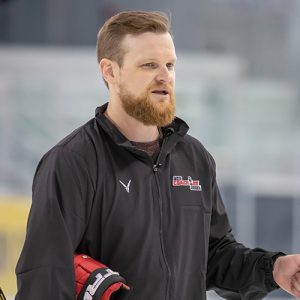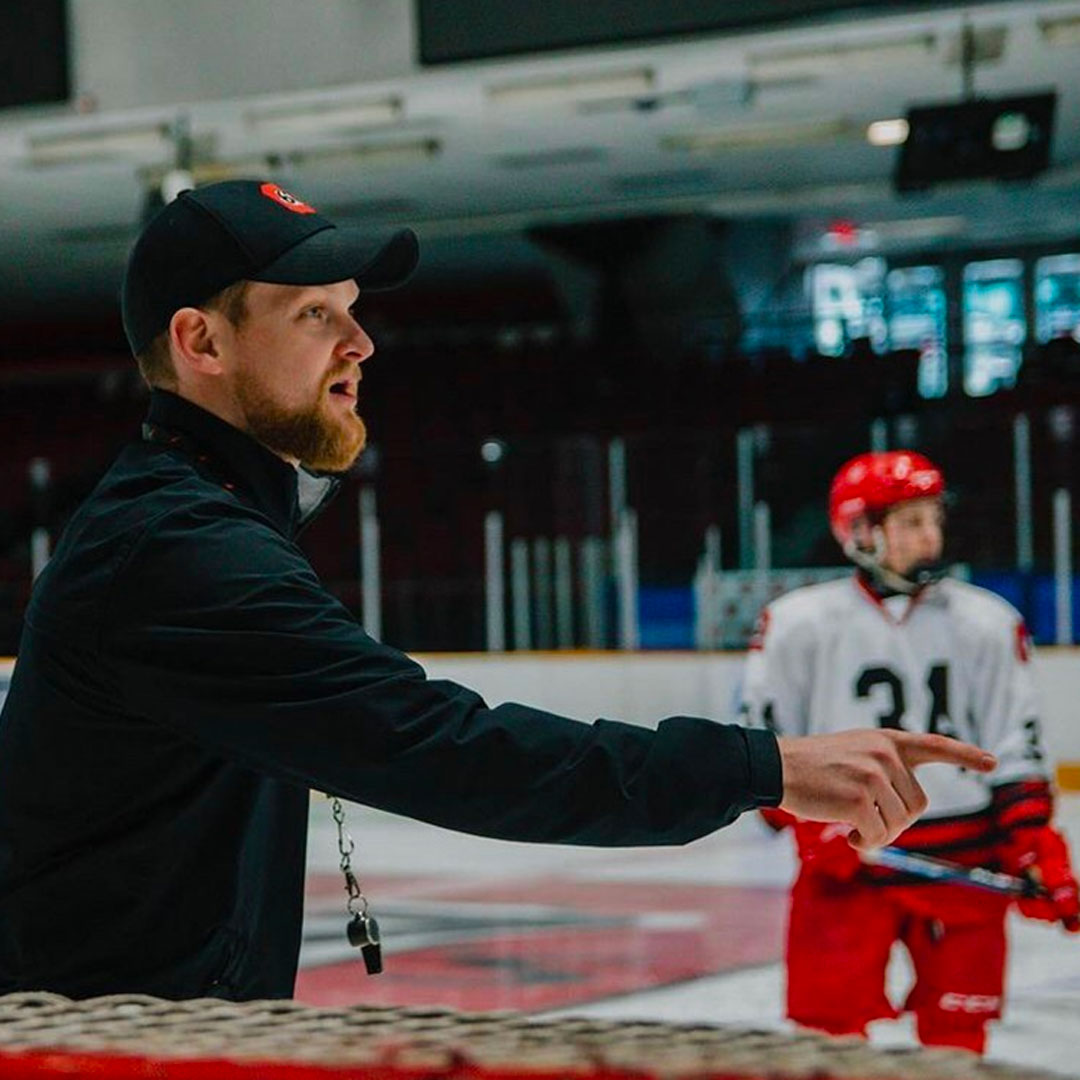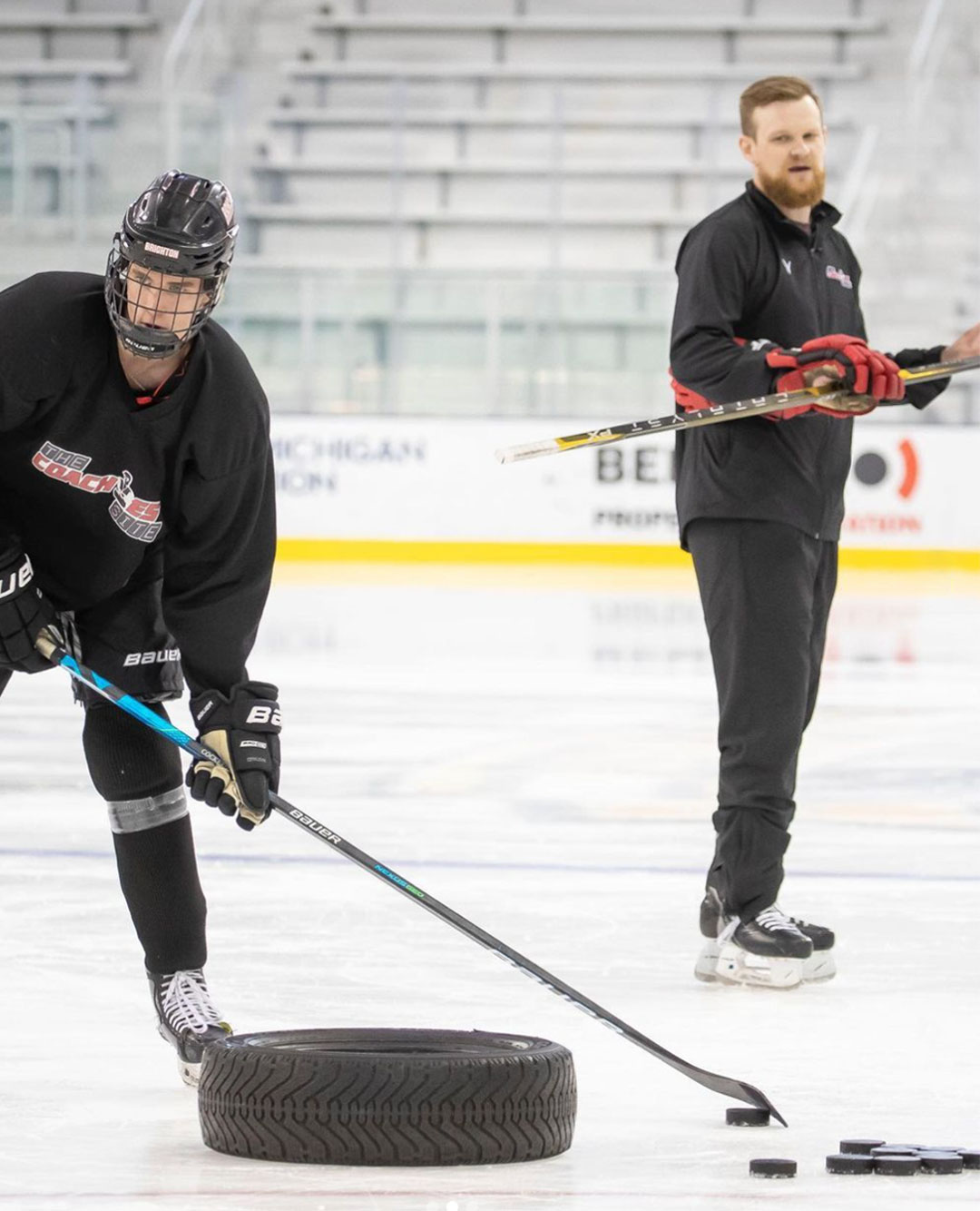It is no secret that today’s game of hockey is as exciting, fast-paced and skilled as it has ever been. Each generation of athletes continues to progress as teams and organizations are now placing a larger emphasis on the individual and helping them grow their skill sets— ultimately helping the team.
As a skills coach, I am lucky to work with a wide variety of teams and athletes on a daily basis, ranging from the grassroots to professional levels. Much of this work is composed of helping players build their fundamental skills: their ability to skate, shoot, pass and handle the puck. But a growing area of focus is ‘how do I teach my players to compete?’.
Without the willingness to compete, skill will always fall short.
Ultimately, that is what the game of hockey is: two teams OR two athletes competing for alternate outcomes. Without the willingness to compete, skill will always fall short. We know we can teach our players how to skate, shoot, pass and handle the puck better, but can we teach our athletes how to compete better? Of course, we can.
So how can we do this?
Set expectations: define what competing means to you.
If you want to have your players meet your standards, you need to set them clearly. Especially at the minor hockey level, players may not know what it truly means to compete; they may simply think it means working hard. But for us as coaches, we know it is much more than that. Identify the areas of the game where players should expect to compete and what our expectations are within these areas. We describe these as our pillars for success. To ensure clarity with our players, we will look to identify a handful of pillars at the start of each season that are ‘black and white’ for expectations on how to treat competition-based situations, leading us to our next point.
Show don’t tell.
Don’t simply tell your players to compete, show them how. Telling players to work hard and compete is not coaching— we need to equip them with the information on how to do so. If there is a 50/50 puck along the wall, have you discussed strategies to win that puck? Do you talk about winning the lane en route to the puck? Prioritizing body position prior to possession? Scanning en route to the puck to know what your options are once you have possession? Whatever it may be, it is important to teach the athlete techniques that will lend themselves to finding success.
Break competition down for your athletes.
Just as with any skill, we can break each scenario down for the athlete to become hyper-focused on. For example, instead of teaching the full skill of puck protection where the athlete has to protect the puck while handling it, you can set up a scenario where the athlete only has to focus on his/her body positioning in relation to the opponent, or a scenario where we are focused simply on the mechanics associated with the hand positioning needed to protect the puck successfully. Whichever it may be, by limiting the number of variables for the athlete they can become more focused on a single aspect of the skill, gaining confidence and competence at a more rapid pace than they may have if you had thrown the whole skill at them all at once from the start. Once that confidence has been gained, we can begin to introduce additional variables as we look to build back up the full skill. As with any skill, there are lots of opportunities to isolate elements of battle before eventually building back to the full skill.
SAGS are your best friend.
SAGS (small area games) are an amazing way to force your athletes to compete in a fun environment. You can tailor your SAGS and the rules surrounding it to promote the opportunity to work on your pillars or specific focus areas surrounding competition and of course, keep score to keep the competitive nature.
Your athlete or team’s ability to compete is one of, if not the biggest element that leads to success. Often coaches will tell their players to compete and not understand why they are not doing so. By setting expectations, showing your athletes how to compete and then breaking down those skills in a technical manner, you set your players up for the best opportunity to grow their skillset, achieve success and meet your expectations as a team.
Evan Brownrigg is COO & Head of Player Development at Next Generation Hockey, who is the official development partners of uOttawa Gee-Gees, Ottawa 67’s, Carleton Ravens, and Tim Turk Hockey.
Click here to learn more about Next Generation Hockey


